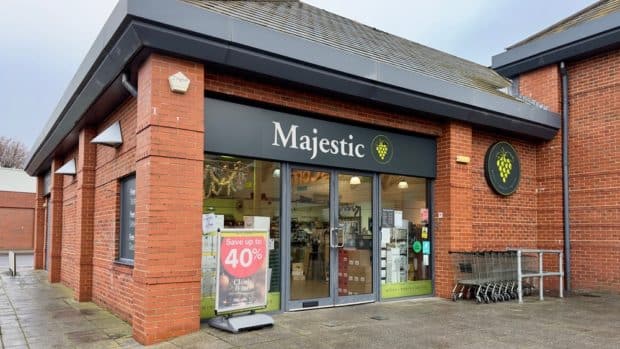Ahead of the UK’s 2021 Budget and Economic Recovery Plan, new research from Sage, the market leader in cloud business management solutions, has revealed the tough conditions that will be facing small and medium-sized businesses (SMEs) well into the second half of 2021. The research highlights how the latest lockdown has further divided the outlook of UK SMEs, with one-third worse off than November, one-third in a similar position and one-third better off.
Encouragingly, over half of SMEs believe they have become more efficient for the long-term as a result of the pandemic; but financial challenges continue to bite. The average revenue hit from lockdown during 2021 so far has been -20 per cent, compared to an average -41 per cent over the course of last year.
Over half of SMEs surveyed forecasted that if ‘business as usual’ resumed tomorrow, their productivity would have improved compared to a year ago – with a third recognising digital tools as the most impactful solution to improve efficiencies. There is a clear disparity between appetite and ability to invest for a more productive future – with the greatest priority for SMEs today being investment in technology. 71 per cent of SMEs are not currently in a position to invest at the level they would like to, 42 per cent aren’t able to invest at all. Measures that will drive growth by unlocking these investments, such as financial incentives for technology adoption by SMEs, are desperately needed.
Overall, the data suggests a raft of major challenges facing SMEs over the course of 2021, despite a potential loosening of restrictions over the spring and summer. However, policies to stimulate customer demand are predicted to have a significant positive effect. A VAT cut is supported by 71 per cent of SMEs, with a 12.5 per cent cut in VAT projected to support an additional 11 per cent profit and 13 per cent revenue for business who believe they will benefit. With the right measures in place, SMEs are determined to lead the economic recovery. The majority of businesses that are currently unprofitable expect to return to profit in the next twelve months.
As SMEs approach the beginning of Covid-19 loan repayment periods, polling reveals that just under half have taken out loans as a result of the pandemic, with the most popular forms of borrowing Government-backed loans (12 per cent), borrowing from friends and family (8 per cent) and private business loans from commercial lenders (8 per cent). However, only 63 per cent of businesses are currently confident in their ability to repay these loans. Redundancies among SMEs are also poised to increase dramatically within months, with over a quarter planning to make cuts in the near-term. On average, these businesses expect to reduce the size of their workforce by 19 per cent.
Paul Struthers, MD Sage UK and Ireland, said:
“The worst economic crisis in three centuries has left a bleak outlook for SMEs. Instead of being a season of new beginnings, spring looks set to further slam the brakes on businesses as support schemes near their end and some loan repayments begin. With a redundancy ‘time bomb’ on the horizon, a significantly increased debt burden is also starting to weigh heavily on the shoulders of businesses desperately trying to recover and invest in their future.
“But the majority of SMEs can see green shoots through a cut in VAT to unlock untouched household spending, giving SMEs the financial breathing space they need and potentially saving many jobs and livelihoods. This is why Sage is calling for a cut to VAT for goods and services supplied by small and medium businesses throughout the spring and summer of 2021. SMEs will be the driving force behind our recovery – and the economy relies on their success.”








Share